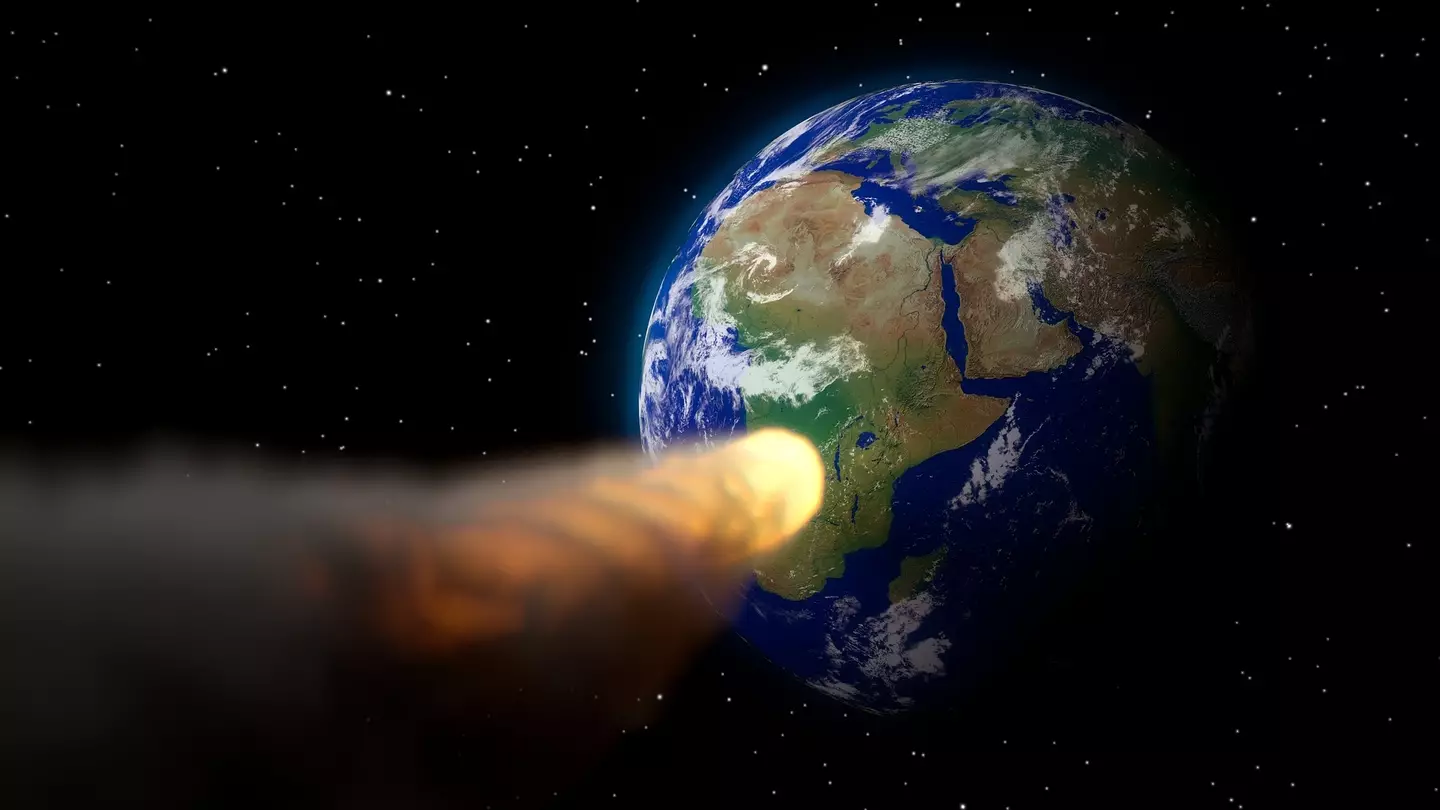
The good news keeps on coming as NASA has shortened the odds on an asteroid hitting earth.
On March 1, NASA said this new asteroid had a one in 1,2000 chance of impact. Days later, odds increased a day later to one in 710.
The asteroid, named 2023 DW by space boffins, has a one in 560 chance of making impact with our planet at 4:44 pm.
By the way, whoever is responsible for naming these space chunks needs to be stopped.
Advert
We reckon this asteroid looks more like a 'Cheryl', but who are we to judge? But we're calling Cheryl from now on.

So keep your calendar free for Valentine's Day 2046 because you may not have a date to go to if this city destroying asteroid has its way.
Predictions as to where Cheryl will make landfall are murky, but NASA reckons impact zones stretch from the Indian Ocean to the Pacific Ocean and the west to the east coast of the US.
Advert
So that makes Hollywood, Hawaii, Washington DC, Indonesia, Malaysia, Brunei, and the southern tip of India all possibilities for ground zero for the Cheryl-pocolypse.
So wild Queen Cheryl is choosing to take on half the world, basically.
"Orbit analysts will continue to monitor asteroid 2023 DW and update predictions as more data comes in," NASA said as per an online statement.
The asteroid is estimated to be 49.29 metres in diameter, which the Daily Mail says is roughly the size of the Leaning Tower of Pisa. It's currently travelling at a casual 24 kilometres per second.
If she smashes into Earth, would cause a level of destruction that would rival the Tunguska impact 114 years ago, when an asteroid exploded five to 10 kilometres above the Earth.
Advert

That asteroid was 50.29 metres in diameter and was recorded as a 12 megaton explosion that razed a large part of Siberia.
That little rock of mayhem was comparable to a nuclear bomb going off and would have destroyed a large city area, but thankfully it landed in a forest.
Three people did die though and a whopping 80 million trees were flattened.
NASA announced the discovery of Cheryl on Tuesday, revealing it has only just been made public as it 'takes several weeks of data to reduce the uncertainties and adequately predict their orbits years into the future.'
Advert
Estimates of Cheryl's ferocity have also changed in recent weeks.
Cheryl is sitting at the top of NASA's Risk List, coming in at one on the Torino scale, which means there is no cause for public concern at this time.
But, if Cheryl does turn into a space rock that risks causing a nonsense on Earth, thankfully NASA have recently confirmed its ability to punch celestial objects out of our path and onto other trajectories in space, no don't stress too much.
But if you are stressed about it, you can follow Cheryl's journey through space here.
Topics: Space, News, World News, NASA